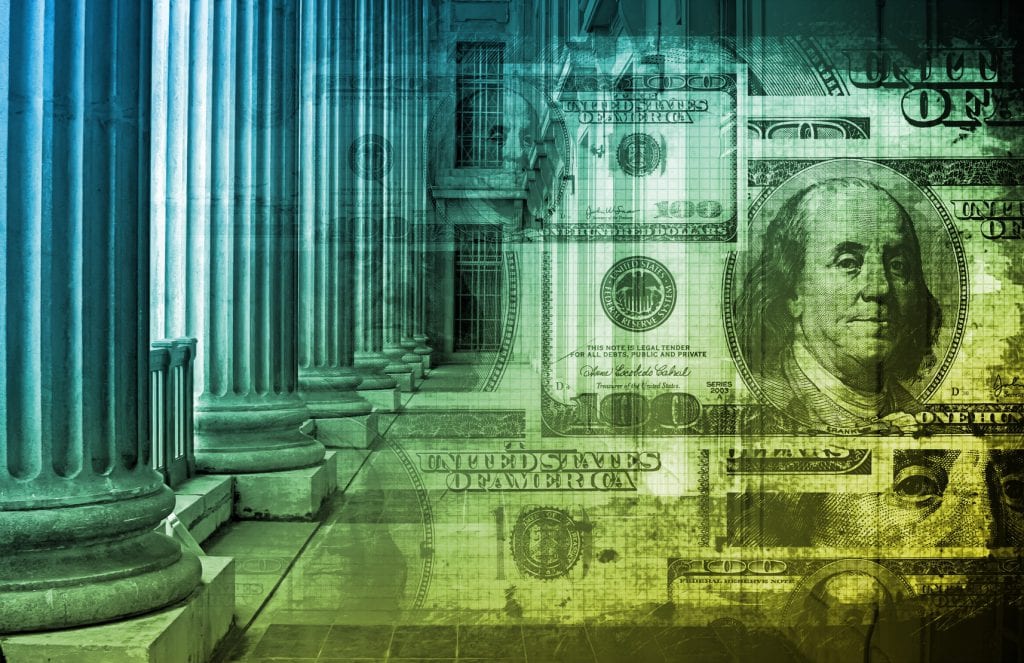Wells Fargo plans to roll out $7 fees onchecking accounts in six states and hasn’t offered free checking tonew customers since 2010, according to a report on CNNMoney. According toFDIC data, Wells Fargo and Company holds about 14% of all the moneyheld in transaction accounts in the United States. We know otherbig banks have been working to end their free checking accounts aswell. Some of them have had a few bumps in the road, like of Bankof America. That said, though, free checking is becomingincreasingly hard to find.
So can we stop the specious comparisons between free checkingaccounts and prepaid cards? Even though there are a number ofreasons that many prepaid card customers cannot get free checking -Chex Systems reports, lack of steady access to banks, liquidityissues – commentators like Timothy Chen insist that all an unbankedperson needs to do is walk into their nearest bank and get anaccount. The reality of these people’s lives and the values prepaidcards provide in terms of convenience, liquidity, and accountfeatures remain continuously ignored.
Maybe now that the free checking account is fading away, thesekinds of disingenuous comparisons will end and real analysis willbegin about the financial needs of low income people. Of course,the objection will remain that checking account fees can beavoided. We know that bank customers can avoid the fees by doingthings like maintaining a $1,500 daily balance. That is not anoption for many of the prepaid cardholders, who, we might alsonote, can avoid fees by many of the same mechanisms: maintainingcertain balances, having direct deposit, etc.
The problem with the current debate is that it focuses on theproducts. Where the focus should be is on the customers and theirneeds. Financial services customers of all types stand to lose inthe current environment because the question of how to meet theirneeds for payments and other financial services in a sustainablemanner gets lost in a debate where cost replaces value as theprimary concern.
